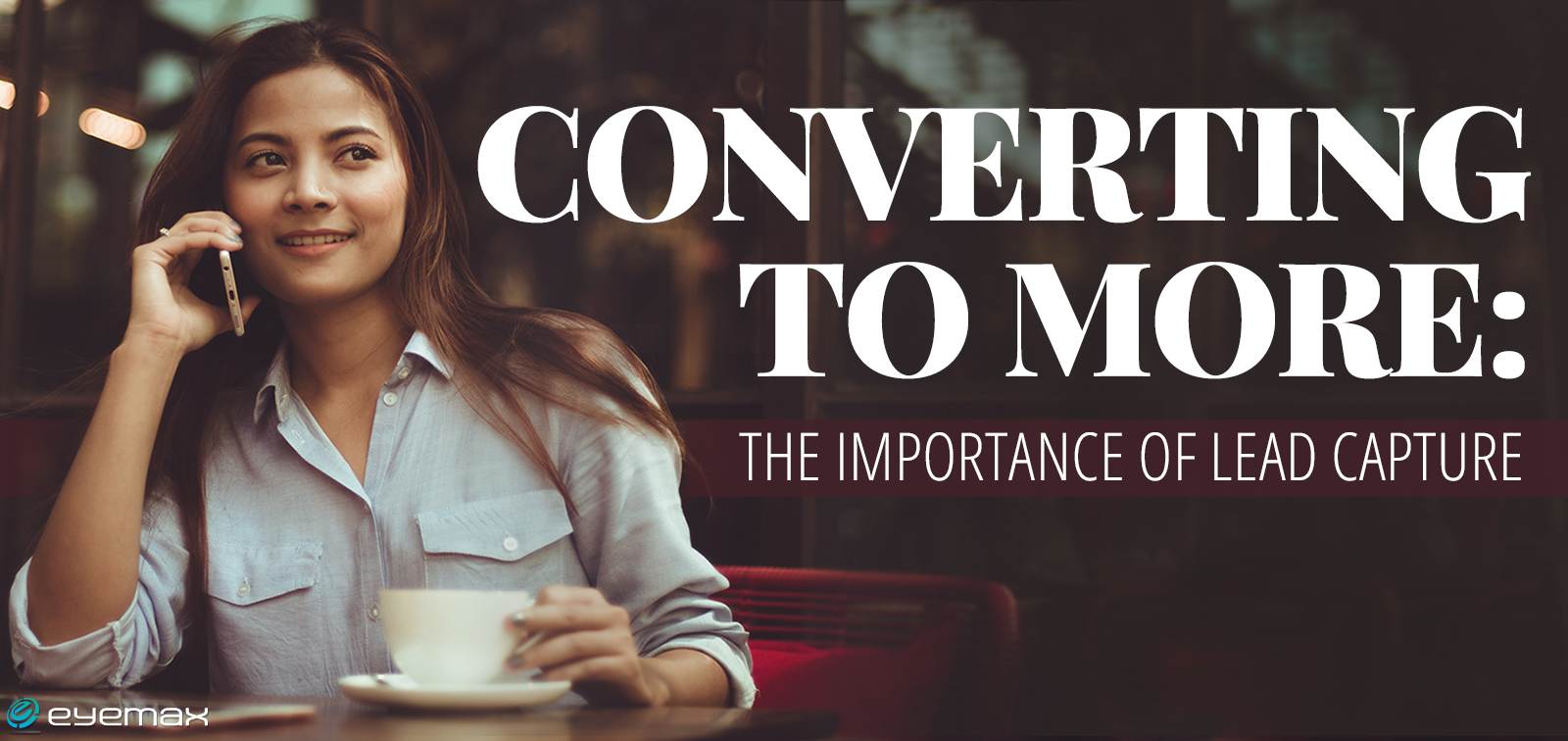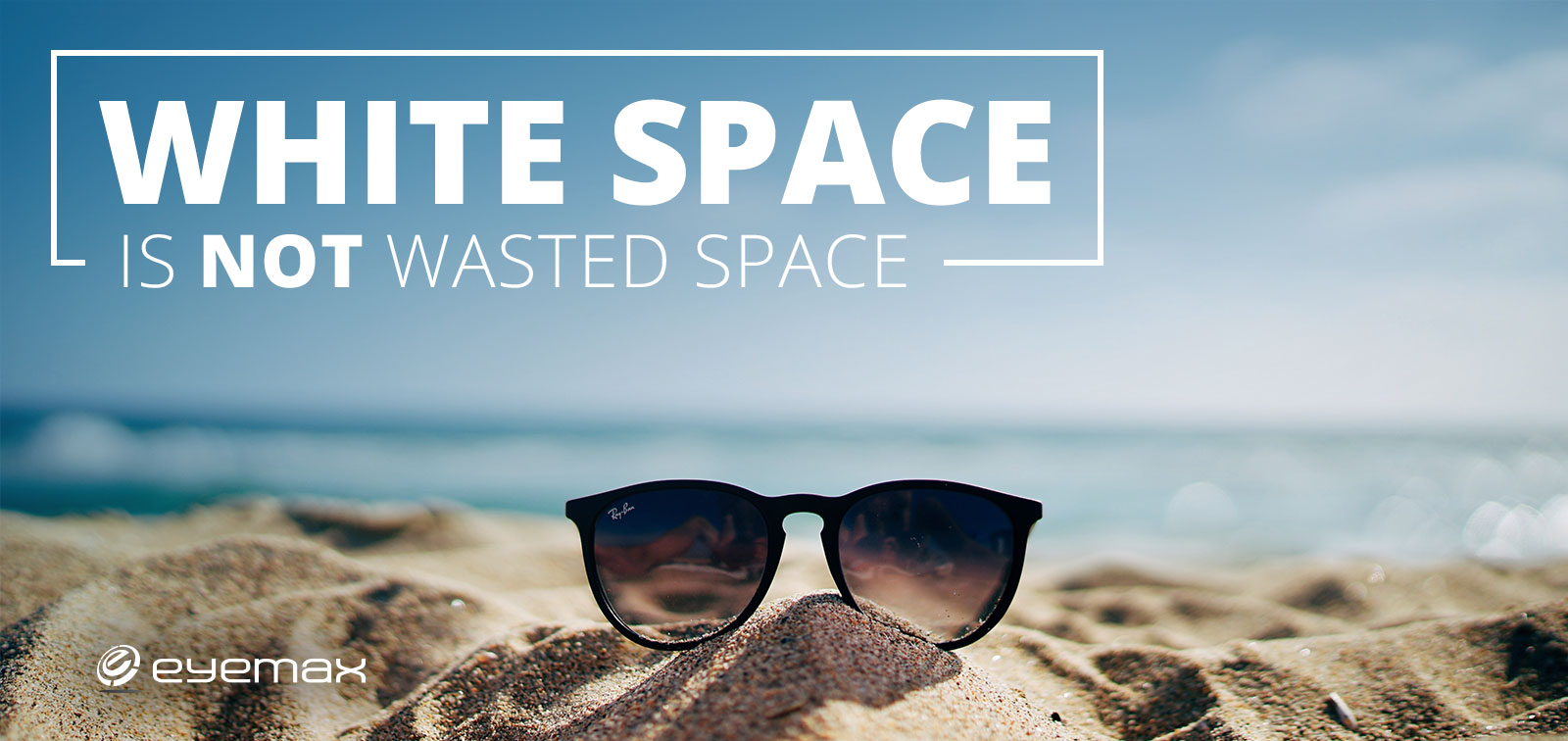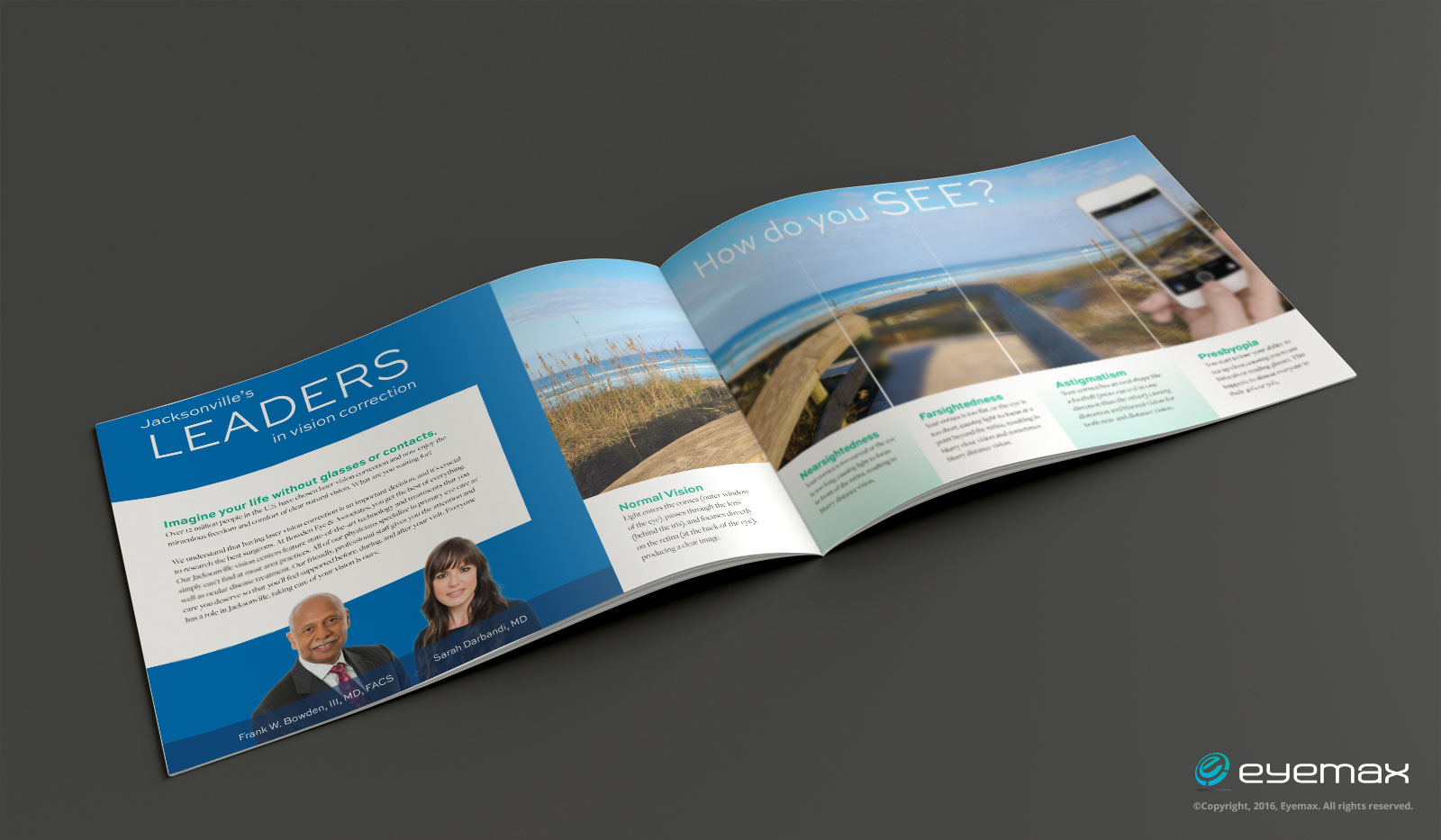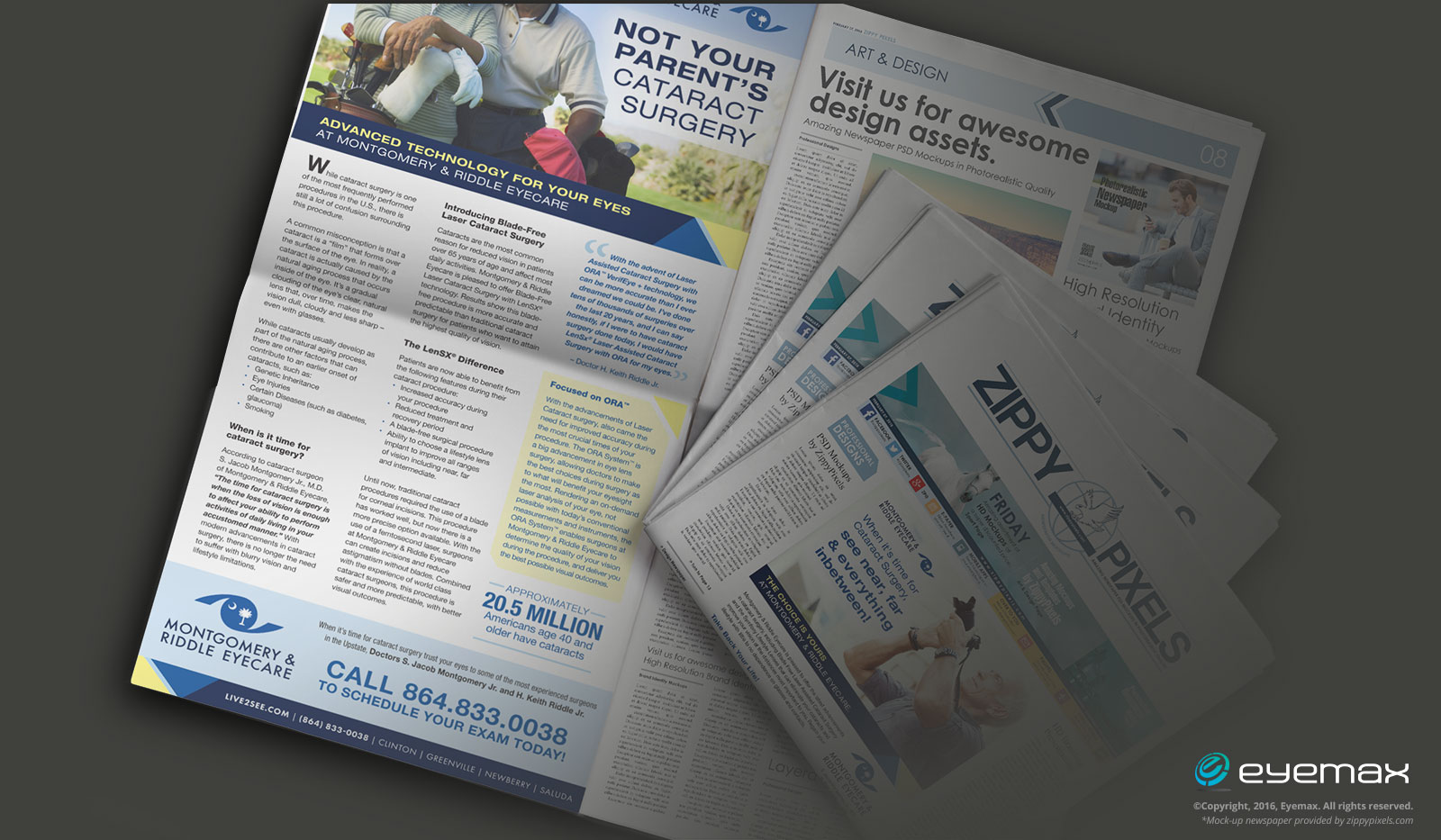
In our business, we are all looking for “more”; more volume, more qualified patients, more leads. Often, we spend “more” money to chase this need, only to find nothing but “more” problems. So what’s the secret? Well it might be closer than we thought.
The Need
- Each call represents value. The ringing phone is a golden opportunity! Every incoming call represents potential revenue and cost valuable dollars to produce. So, it’s critical that we capture demographic info from each and every call, regardless of whether or not they schedule a consult.
- Leads are 100x more valuable… than any name you can purchase on a list!
- Capture the basics with every call. Get EVERY callers’ basic demographics – name, email address, address, phone number, referral source – so that they can be input into a prospect database and followed up with accordingly. Having elective surgery is a big decision, and patients will often schedule a consult days, weeks, even years after the initial phone call. Keep your practice at the top of their mind by sending follow up material.
Ways to Utilize Captured Information
- Create a relationship – After you captured their name at the beginning of the call, use it! Say their name a few times throughout the conversation and they will know they are important to you!
- Build a database of qualified leads – With this list you know a.) Their vision concerns b.) Are interested in elective/corrective vision surgery and c.) Already are aware of your practice.
- Analyze patient demographics – The more information you can gather about potential patients, the more effective your external and internal marketing efforts can be. It can also show where qualified and less qualified leads are originating.
- Bonding and closing tool in the consult – Use all of the information you captured on the phone, in the consultation. Review the information and prepare yourself before the consult starts. Was the person afraid? Were they worried about affordability? Do they live farther away?
HOW TO CAPTURE INFO
- Capture the basics at the beginning. If you wait until the end of a call to ask for basic demographic information, a caller who is not scheduling a consult will typically be reluctant to give information. However, when asked for their information at the beginning of a call it seems routine.
- Have a set script of things to ask for. Know what you need to ask for and ask it the same way with every caller. This confidence conveys it as something that is customary or required.
- Secret Shop centers that are trained in this well. It can give you ideas of how to ask for the information and how to overcome objections.
- Use bonding questions to capture information. It will help move the conversation along and also help you gather pertinent information without going through your list of needed info, question after question.
Don’t fall victim to the never ending black hole of past leads. Make capturing lead information a vital part of your internal process and start seeing your potential volume rise!






